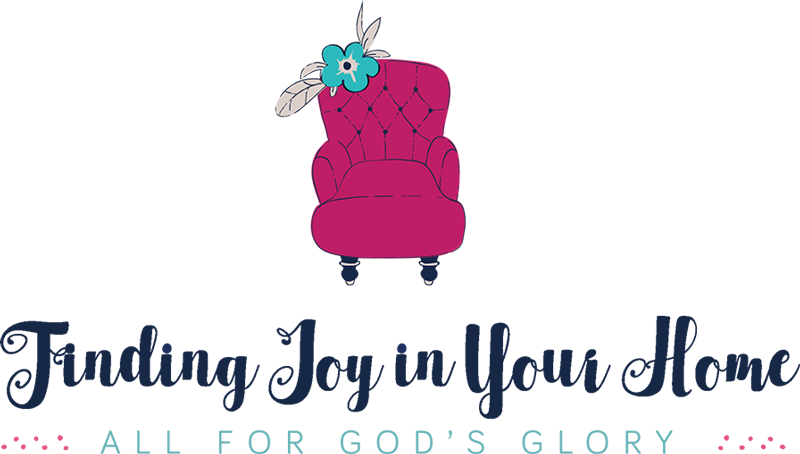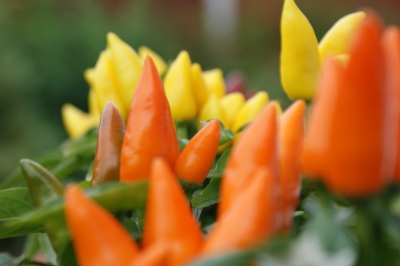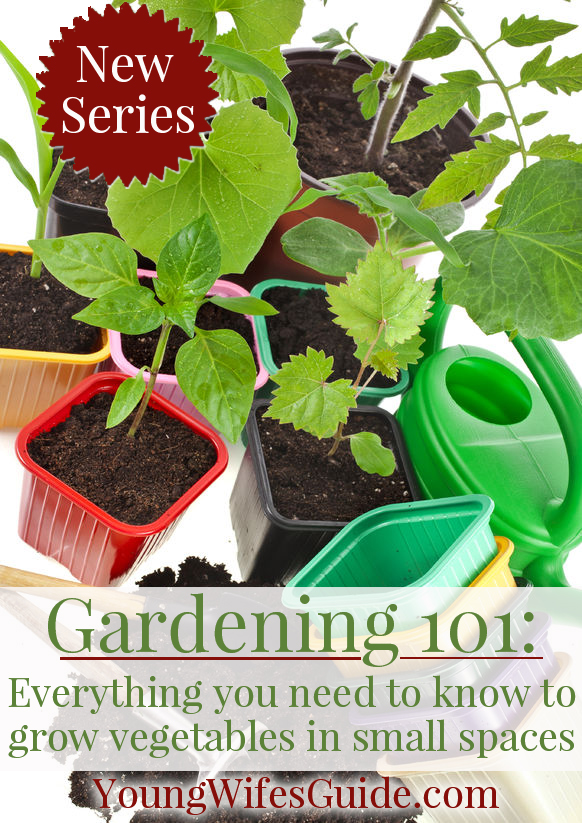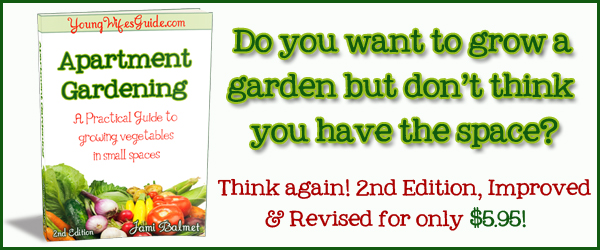Determining What to Plant: Gardening 101
This post is part of our Gardening 101 series: Everything you need to know to grow vegetables in small spaces. You can see the rest of the posts in the series HERE.
Growing a vegetable garden can be so rewarding and fun! For years we lived in an apartment with a small balcony and I thought it was impossible to be able to actually have a garden.

But not only is it possible, it’s fairly easy (once you get the hang of it), it’s cheap and you can reap wonderful benefits all year long! So no matter what you have to work with, a small balcony or five acres, it’s entirely possible to grow fresh, organic vegetables.
I am telling you up front that I am in no way an expert. I still have a lot of learning and growing to do when it comes to gardening. But when I decided I wanted to garden, I didn’t know anything so I had to start from scratch. I spent many hours researching and trying to figure out how to even start. And I want to share that knowledge with you to make it easier for you to jump in and start gardening!
The First Step: What Can I Grow?
This is where you must begin: Finding out what grows well in your area is essential. Once you know this, you can move on to finding out the best time of year to plant and then caring for the plants.
This was the hardest thing for me when I first started gardening. How do you know what to plant? Someone who lives in Maine cannot plant the same things as someone in California. So before talking about growing conditions, when to grow or harvest, you must first figure out what you can grow where you live.
1) Determine What Zone You Live In
The USDA Plant Hardiness Zone map is the standard by which gardeners and growers use to determine which plants are most likely to thrive at a specific location.
In this map, the United States is broken down into 13 zones. It was recently updated in January 2012, so check it out for any changes. Type in your zip code to find your zone. This interactive map will show you a complete breakdown of the city or area that you live in.
The updated zone map shows that, for example, I live in zone 10a.
Now that I know my zone, I can better determine what plants will generally work well in my area or not without having to
2) Find Plants That Work Well In Your Zone
Knowing your zone can help you determine what plants are probably best to plant in your area. Plant catalogs or seed packets often refer to zones. If you know your zone it is easy to determine whether that plant is likely to succeed in your area.
For example, if you live in Zone 3 and pick up seeds that recommend zones 8-10, then it’s likely those seeds will not do well.
Another great source is the internet of course. Google “best plants to grow in zone 4″, and you are bound to get MANY local gardeners who are happy to help or share their experience growing in your area.
3) Select Plants That Do Well in Containers
A surprising amount of vegetables do great in containers! I thought I would be really limited by what I could grow but so far I can grow just about anything I want (I live in a warm climate too, which helps).
Choose wisely, and your plants should do well. If you are still not sure ask your local nursery for advice, as they should be happy to help you select the best plants for containers.
Tomatoes
Tomatoes are a great choice for container gardening! My goal this year is to grow so many tomatoes that I can freeze and can enough to live off of for the year.
Tomatoes work well in pretty much any container and also in all the new containers that hang them upside down.
Cucumbers
I thought that cucumbers needed lots of room to grow (like a whole hill) but containers are great for cucumbers as long as they have some room to grow (or get ones that will grow up a trellis).
Peppers
My husband is particularly happy about this one. We have three different kinds of peppers growing right now on our window sill. He loves fresh peppers, and they are fairly easy to grow!
Herbs
There are too many herbs to list here, but many types of herbs make great candidates for containers as they don’t often require deep roots. I will cover more about herbs later.
Green Onions
These do well in containers as they do not have extensive root systems and do not require a lot of room, as they grow tall.
It’s also important to know which plants do not do well in containers. Asparagus, pumpkins (obviously), and other vegetables that require a lot of space do not make good candidates for containers.
4) Shade or No Shade
Shade on your patio is another important factor in deciding what plants to grow. Most vegetables are sun lovers, so they are going to want a lot of time in the sun! Keep in mind that afternoon sun is hotter than morning sun, so plants do not need as much time in afternoon sun as morning sun or they may dry out.
Some vegetables, such as tomatoes and peppers, need at least 6 hours of sunlight per day. If your patio doesn’t offer this much sun, then the sun loving vegetables may not work. But it is still possible to grow with less sunlight.
Buthere are many you can grow in little sun and lots of shade including: broccoli, cauliflower, beets, peas, different types of lettuce, beans, radishes and other cold tempered vegetables. Here’s a handy guide to help determine sunlight and your plants.
Finding these things out and determining the area you live in can help you to select what types of vegetables you can try to grow in your area. It’s important to know what zone you live in, what plants work well in that zone, what vegetables grow well in containers, and how much shade your patio gets.
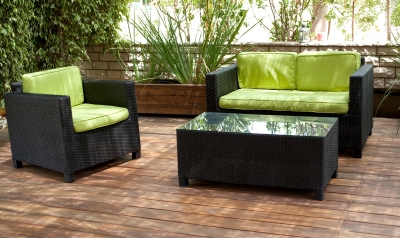
More in this series:
- Introduction to Container Gardening
- Determining What to Plant (you are here)
- When to Plant Your Garden
- Starting Your Seeds
- More coming soon!
If you don’t want to wait, you can get my eBook, Apartment Gardening ~ A Practical Guide to Growing Vegetables in Small Spaces and download it instantly! It has everything you need to know to get started gardening today! Find out more HERE.
